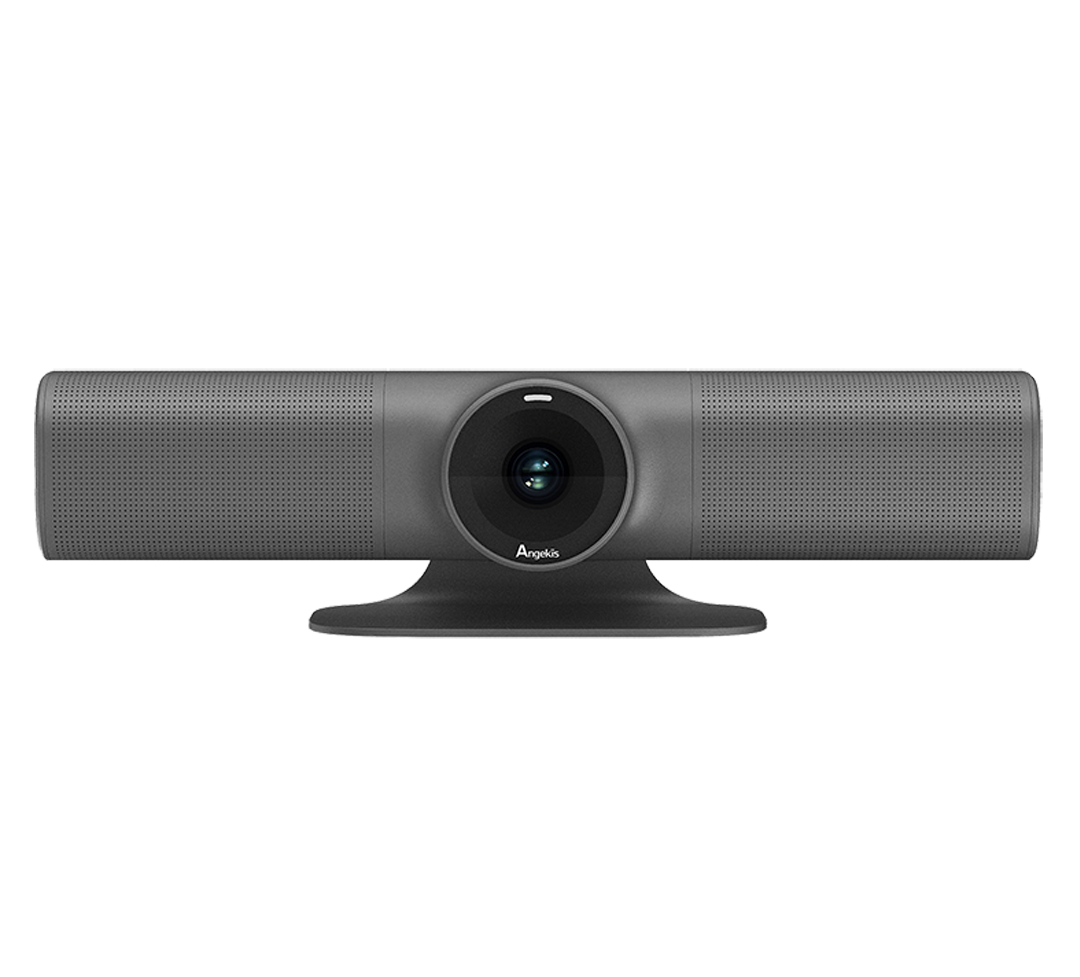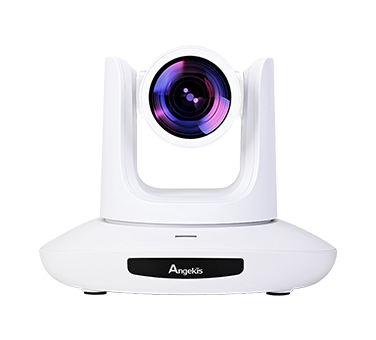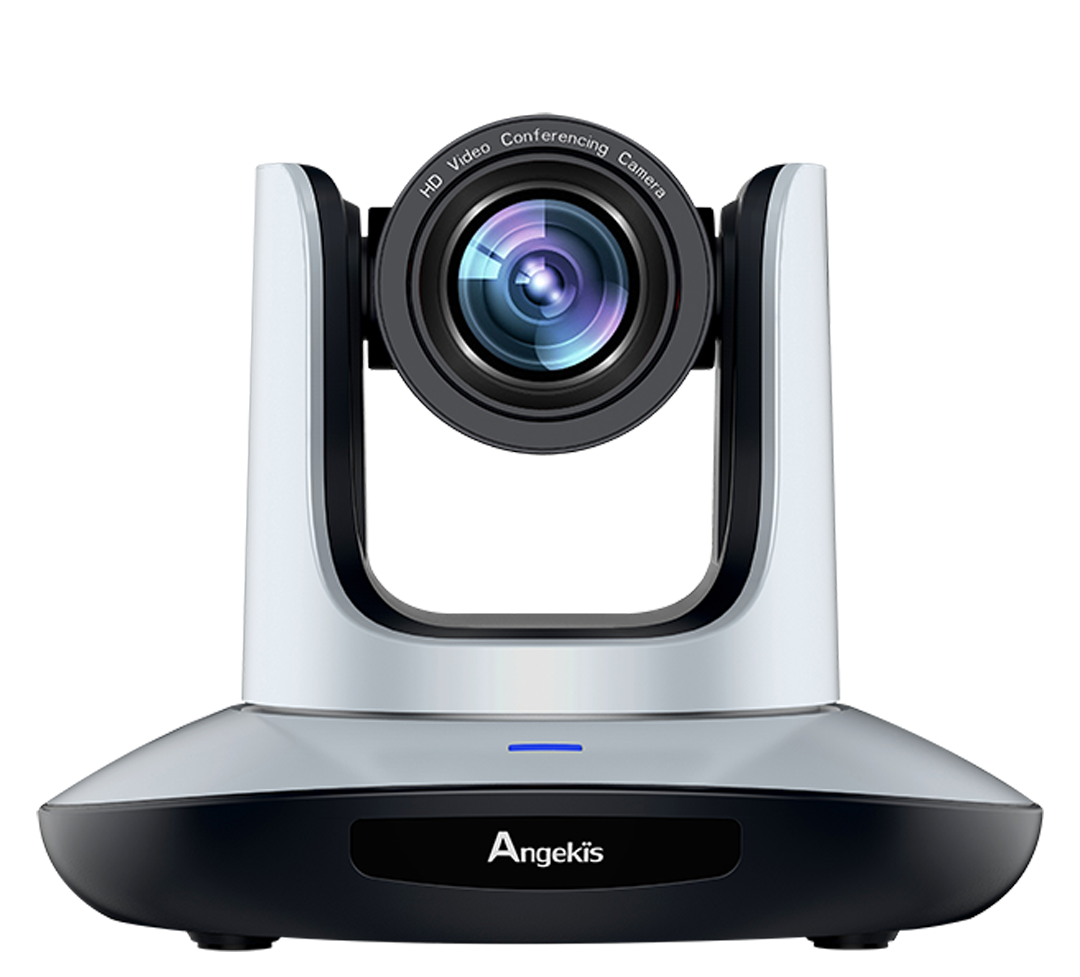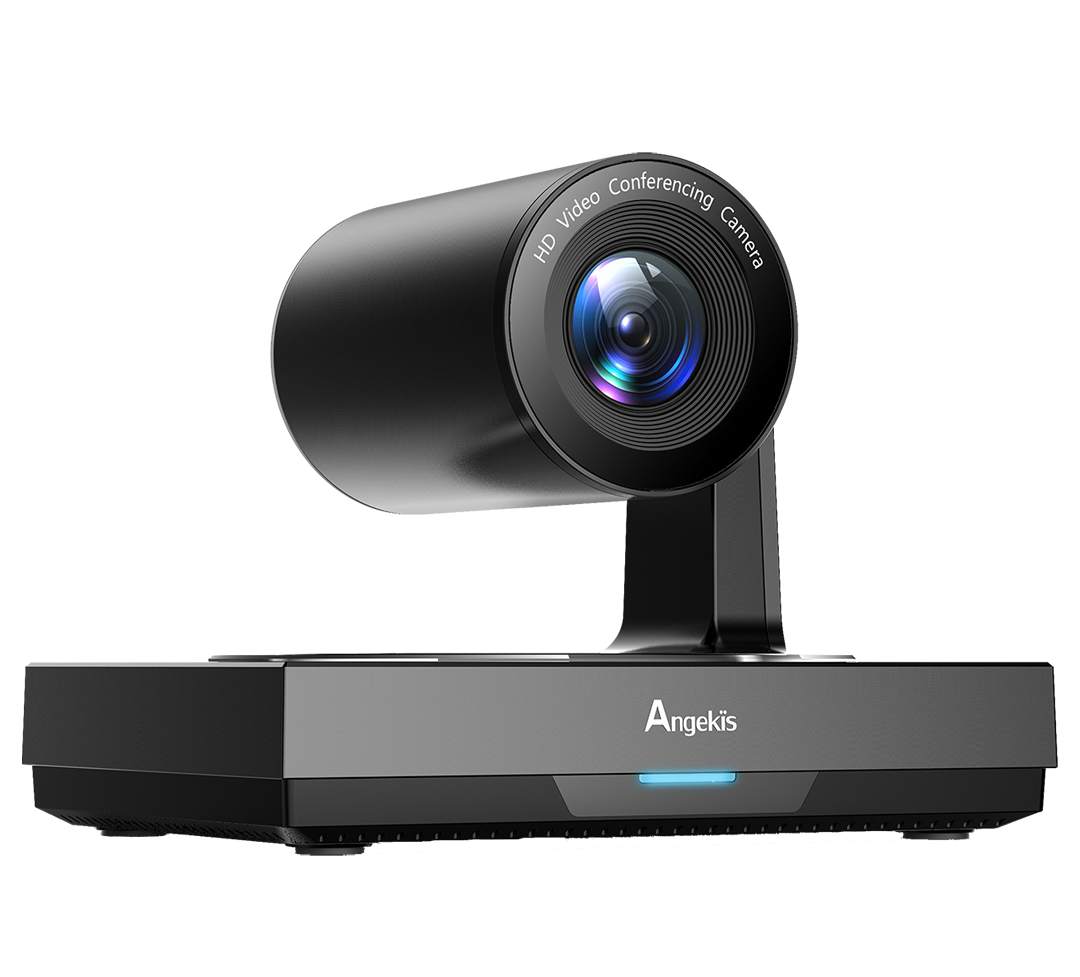Understanding of the Development of the Fourth Generation of Video Conferencing
Prospects of the fourth generation of video conferencing
1. The driving force. The main driving factors for the arrival of the fourth generation of video conferencing include era environment, 5G technology, edge computing, AI and machine learning, and XR.
Major events under the background of the times will promote the development of communications due to the outbreak of Covid-19, just like the second generation of video conferencing after 9/11 have poured out a large number of users.
5G offers wider boardband and lower latency while edge computing can help users enjoy 4K video conferencing and 8K video conferencing effects without high-performance equipment. AI and machine learning is the processing of sound and video through using machine learning to generate characteristic algorithms. At present, noise cancellation and reverberation and other aspects have obvious improvements. Although XR (Extended Reality) has limited influences for now, with the recent release of the iPhone 12, the liDAR camera and the ToF camera will become standard features on mainstream devices in the future. We can foresee that the arrival of the new hardware mentioned will bring a lot of improvements in the user experience.
2. HD video + edge. New technologies such as 4K and 8K can bring better user experience, and correspondingly require users with better hardware support. The future development trend should be the application of 5G and real-time communication with good edges.
Thanks to the high boardband of 5G, we can deal with the codec of ultra-high-definition video that cannot be processed on ordinary devices through the deployment of dedicated MEC equipment on the edge of the operator, and through the deployment of advanced audio and video algorithms of deep neural networks, or the deployment of high-performance computing capabilities that similar to supercomputing on the edge. Then, the real 4K and 8K high bit rate encoding and decoding process can be achieved through 5G transmission, which makes real-time video communication of ultra-high-definition possible.
It is worth mentioning that 8K can no longer distinguish whether this is an image or a real scene to the human eye. In the case where all the shadows react very real, the naked eye 3D effect has been achieved. In the case where all the shadows being realistic, the naked eye 3D effect has been achieved.
3. Let's return to the essence of communication or the display of communication. There are more and more video conferencing manufacturers that provide virtual backgrounds. This is because participants are in different environments, especially everyone is working at home during the Covid pandemic. The environment is not only a chaotic issue, but also has privacy issues.
In fact, the most important thing in a meeting is the person who participate, as well as his or her expression, voice and actions. Therefore, people believe a technical hotspot will occur in the fourth generation of video conferencing. This is because participants who are constantly moving or holding things in their hands can be separated from the environment to communicate through AI technology.
4. Identity security. There is a lot of digital signal processing that will be done in the video conferencing, and the real participant may not be you or the person you want to see. So, it is easy to deepfake with the current technology, which illustrates the security problems of the fourth generation of video conferencing.
Identity security is a very important issue. When a person in the meeting, it must be able to authenticate the identity of the person, and offer a communication guarantee to other participants and the person. It can be done whether through digital signatures or other biometric authentication. Therefore, the infrastructure and technology of security certification are very important, which is also an important direction for the development of the fourth generation of video conferencing.
5. Communications supervision. There are international standards and communication supervision of all the common forms of communication, such as mobile communication and voice communication. Some countries, especially the GDPR in Europe, China’s cyber security law and the US’ laws all have relatively high requirements for user data, especially user privacy. Both voice communication and mobile communication have well-regulated interfaces.
Overall, the fourth generation of video conferencing is bound to become a new normal and universal communication method.
The fourth generation video conferencing will be a very important universal communication method that is more immersive, returns to the essence of communication, achieves identity security and meets regulatory requirements.
























